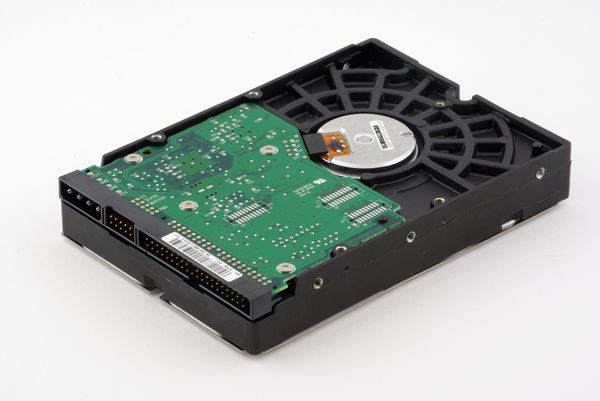Researcher finds hardcoded backdoor in Western Digital storage devices

Western Digital network attached storage (NAS) devices have been found vulnerable to remote exploitation that would allow bad actors to download your private files at will.
Security researcher James Bercegay reveals in an advisory that an array of “My Cloud” NAS products from Western Digital are inherently vulnerable to attack because of a hardcoded backdoor that, if exploited properly, can allow a hacker to remotely access your photos, videos, and anything else on your NAS.
The technicalities are described in detail in Bercegay”s post over at GulfTech, but the gist of it is the firmware for WD”s My Cloud products has hardcoded user names and passwords. This, when used along with several other weaknesses, can allow an attacker to take control of the devices remotely, and access the data stored on them without permission.
WD”s My Cloud line of products is among the most popular NAS solutions, both for businesses and regular customers, so many users could be at risk of having their data compromised.
“As you can see in the … code, the login functionality specifically looks for an admin user named “mydlinkBRionyg” and will accept the password of “abc12345cba” if found. This is a classic backdoor,” Bercegay writes.
According to the researcher, an attacker simply needs to “login with the credentials” and, thanks to a separate bug in the system, they can get ahold of your NAS from a remote location.
Being LAN-bound doesn”t offer much more safety either. According to Bercegay, an attacker can direct the victim to a rigged website and make a request to the device using one of the many default hostnames for the WD My Cloud family of devices, such as “wdmycloud” and “wdmycloudmirror.”
“The triviality of exploiting this issues makes it very dangerous, and even wormable,” he warns.
Bercegay says he and his team are merely contributing to the security community by reporting the flaws and offering proof of concept (PoC) exploits.
When WD was informed of the flaws, the company asked for 90 days to address the issue. At the time of writing, 180 days have passed and the holes reported by Bercegay and his teammates remain unplugged.
The researcher believes Western Digital “should know better,” especially since another group of hackers last year disclosed many command injection vulnerabilities in its products.
A list of affected devices can be found in Bercegay”s advisory. Users who believe they may be at risk could try changing their NAS default hostname and keep the device locked in a local network / LAN until WD deploys the necessary patches.
For extra peace of mind, users might want to consider a solution like Bitdefender BOX to protect all inbound and outbound traffic to their connected devices.
tags
Author
Filip has 15 years of experience in technology journalism. In recent years, he has turned his focus to cybersecurity in his role as Information Security Analyst at Bitdefender.
View all postsRight now Top posts
Start Cyber Resilience and Don’t Be an April Fool This Spring and Beyond
April 01, 2024
Spam trends of the week: Cybercrooks phish for QuickBooks, American Express and banking accounts
November 28, 2023
FOLLOW US ON SOCIAL MEDIA
You might also like
Bookmarks








